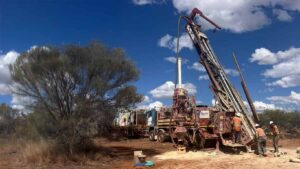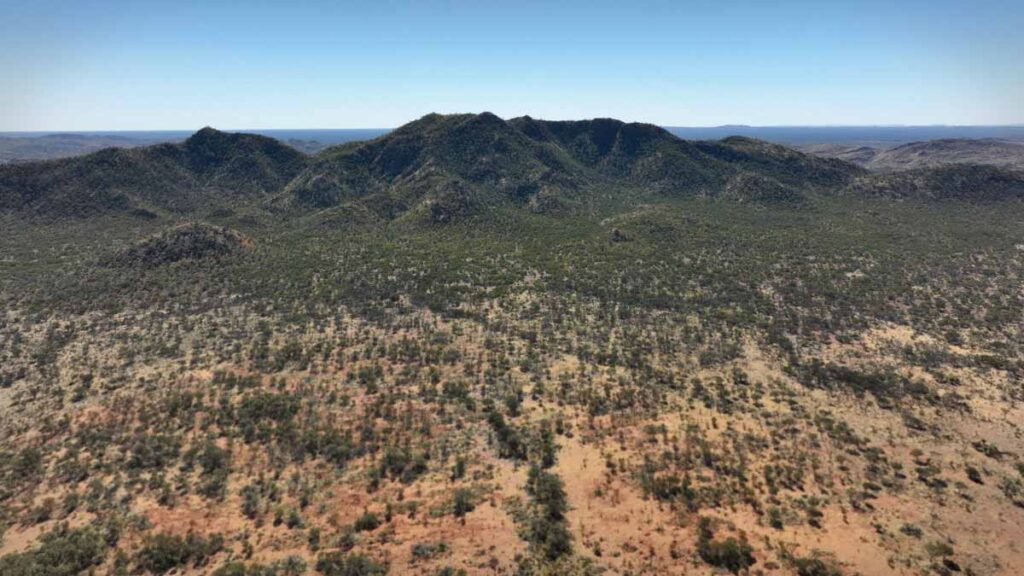
HIGHLIGHTS
• Historical drilling and rock chips have intersected significant gold and antimony mineralisation over a strike of 400m with mineralisation open to the east
• Significant historical drill results at Falchion include
o 22m @ 2.20 g/t Au and 2.3% Sb and 8m @ 1.3 g/t Au (RRB2120), including 2m @ 12.35 g/t Au and 5.4% Sb
o 24m @ 2.75 g/t Au (RRA0009)
o 10m @ 1.29 g/t Au (RDD041)
o 7m @ 1.4 g/t Au (RRB2119)
• Majority of holes not assayed for antimony
• A review of the controls on gold and antimony mineralisation has identified multiple prospective structures in the surrounding region
• A series of stacked, east-west prospective structures have a combined strike of over 18km
• Prospective horizons defined by
o Existing gold-antimony prospects defined by drilling and rock chips
o Chargeability anomalies caused by high concentrations of sulphides (including pyrrhotite) associated with gold-antimony mineralisation and defined by gradient array induced polarisation (IP)
o Subtle magnetic anomaly due to high concentrations of magnetic pyrrhotite associated with gold-antimony mineralisation
• Geophysical surveys have recommenced at Reynolds Range after a short break due to weather, with dipole-dipole IP planned for the Sabre Prospect in the coming weeks
A review of historical drilling at the Falchion Gold-Antimony Prospect has identified up to 400m of mineralised strike just 1.4km from the 800m long Sabre Gold Antimony Prospect to the east. Importantly the Falchion prospect remains open at depth and to the east. Up to 18km of prospective structures have been identified in the region based on similarities to the Falchion and Sabre Prospects
— Managing Director Mike Schwarz
The review of the Falchion Prospect is part of an ongoing review of the gold and antimony prospectivity at the Reynolds Range with the aim of defining drill targets to be tested later this year. This review included the recent re-interpretation of the Sabre Gold Antimony Prospect.
Watch the Exploration Update below and discover how Managing Director Mike Schwarz identified a series of mislocated drill holes that led previous explorers to misinterpret the gold mineralisation between holes and across sections. By correcting these errors, iTech has not only redefined the geological model—but also unlocked a much larger exploration footprint. (5min)

RECENT NEWS FROM THE REYNOLDS RANGE PROJECT
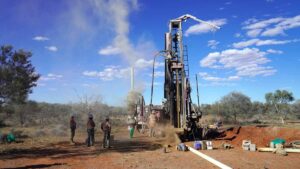
Drilling Completed At Reynolds Range Gold-Antimony Prospects
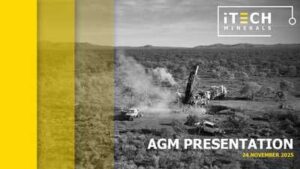
AGM Presentation (2025)
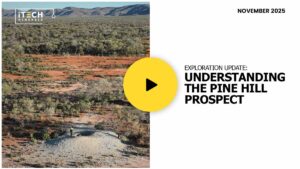
Exploration Update: Understanding the Pine Hill Gold Prospect
